Special Considerations When Feeding Pitbulls
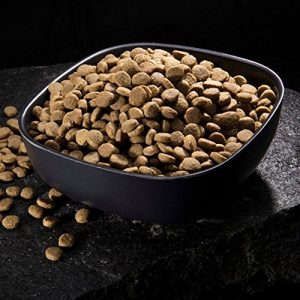 Pitbulls should be fed twice per day, a healthy dog will pretty much demand it. Puppies may even need to be fed three times per day in order to ensure that they develop the thick muscles that the breed is known for as an adult.
Pitbulls should be fed twice per day, a healthy dog will pretty much demand it. Puppies may even need to be fed three times per day in order to ensure that they develop the thick muscles that the breed is known for as an adult.
There’s a problem though: pit bulls tend to wolf down their food without chewing. This can lead to a variety of problems while they’re feeding, including the often-fatal bloat.
In order to avoid this, it’s best to make sure that your pitbull is eating softened food. This can help keep things moving and prevent problems with choking or additional air intake if you’ve got a particularly enthusiastic little buddy.
Caloric Intake
Pitbulls require a slightly higher caloric intake than you’d expect from a dog of their size. This is mainly due to their terrier roots, they’ve got a quick metabolism and a high energy level which means they need a little bit more food than you’d expect.
A normal pitbull male will reach about 70lbs as an adult, and you’ll probably want to aim for about 35 calories per pound in order to maintain an optimal weight, as opposed to the usual 30 calories per pound you’d want for a dog of that size.

As a puppy, something in the realm of 40-45 calories per pound is pretty much ideal and as your dog ages, they’ll likely be going down to around 20-25 calories per pound since their metabolism will slow down.
This is a lot of information to take in, and most of us don’t have time to precisely measure our dog’s caloric intake. Due to differences in individual metabolisms, your best approach is most likely observation: a pit bull adult should be lean enough you can see the muscles through their short fur but not make out their ribs.
If you can’t see their muscles then you’re probably feeding too much, but if the ribs are prominent then you’ll want to adjust things upwards.
Since they have a quick metabolism as a general rule, it’s also a good idea to split their meals into two or even three times a day. Just remember that you need to split up the total daily food allowance instead of feeding it all at once.
Nutrient Distribution
Since they’re technically terriers, and anyone who’s had a lively adult pitbull can testify to their energetic nature, you’ll want to go as high as possible on the protein.
Protein is always the most important part of a dog’s nutritional regimen, it provides them most of their energy, unlike humans who get their day-to-day energy primarily from carbohydrates.
 Most commercial dog foods will range from 15%-25% protein, but higher is better for your Pitbull with an optimal distribution being at about 35%. This usually means that meat-based foods are the way to go, and they should be the first ingredient listed on the packaging for the best results.
Most commercial dog foods will range from 15%-25% protein, but higher is better for your Pitbull with an optimal distribution being at about 35%. This usually means that meat-based foods are the way to go, and they should be the first ingredient listed on the packaging for the best results.
Fats are almost as important since they also provide a readily available energy source in canines. While a typical dog will be fine with around 12% fats, you’ll want to go as high as 25% for your pitbull, although you may want to lower this as they age.
Carbohydrates are also important, but try to find something lower than 30%. This is hard when you’re working with only commercial dog foods, but if you’re paying for quality food then this is often an easily attainable goal.
Micronutrients
The most important micronutrient for most dogs is calcium. You’ll want to aim for around 2% for adults, but 1-1.5% for puppy foods. Indeed, apart from protein content, this is going to be the biggest difference in the requirements for puppies and adults.
Fiber is also important, but most foods will meet or exceed the 4% optimum with ease.
 Pitbulls are one of the most common breeds out there currently, and it’s easy to see why: these fun-loving, mid-sized canines tend to make great family companions even if they do get a bad rap from the media sometimes.
Pitbulls are one of the most common breeds out there currently, and it’s easy to see why: these fun-loving, mid-sized canines tend to make great family companions even if they do get a bad rap from the media sometimes.




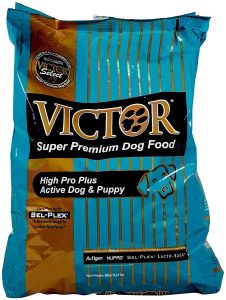
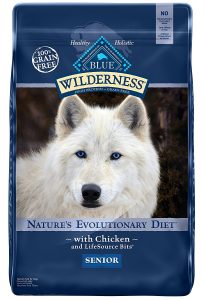
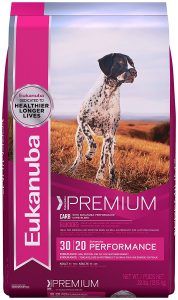
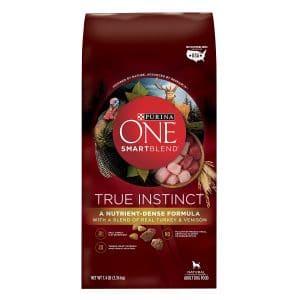
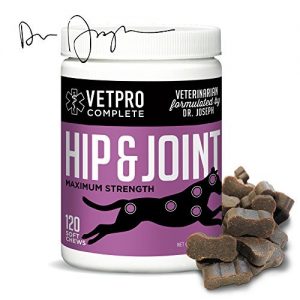

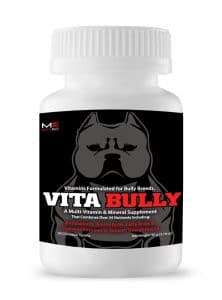


 Most commercial dog foods will range from 15%-25% protein, but higher is better for your Pitbull with an optimal distribution being at about 35%. This usually means that meat-based foods are the way to go, and they should be the first ingredient listed on the packaging for the best results.
Most commercial dog foods will range from 15%-25% protein, but higher is better for your Pitbull with an optimal distribution being at about 35%. This usually means that meat-based foods are the way to go, and they should be the first ingredient listed on the packaging for the best results.




 Many of these common health issues can be handled with different supplements, or at least help to manage the conditions. We’ll touch on these after the foods.
Many of these common health issues can be handled with different supplements, or at least help to manage the conditions. We’ll touch on these after the foods.


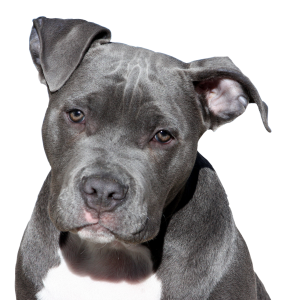 A large number of different formal breeds actually fall underneath this classification.
A large number of different formal breeds actually fall underneath this classification. 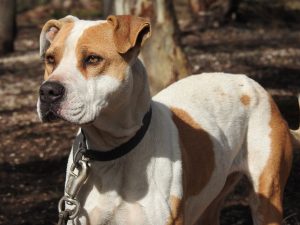 As time went on, these sports fell out of public favor, and many of the dogs currently used in illegal and unethical fighting rings fall under the pit bull classification. Which is rather unfortunate, since the dogs themselves tend to be lovable family companions and for the majority of American history they could be found in rural homes across the continent.
As time went on, these sports fell out of public favor, and many of the dogs currently used in illegal and unethical fighting rings fall under the pit bull classification. Which is rather unfortunate, since the dogs themselves tend to be lovable family companions and for the majority of American history they could be found in rural homes across the continent. However, in the proper hands, they’re great companion dogs and they’re also quite intelligent. Some even find work as “catch dogs” in hunting circles, where they’re equipped with armor and used to pin boars while hunting as well as being able to herd larger animals like cattle.
However, in the proper hands, they’re great companion dogs and they’re also quite intelligent. Some even find work as “catch dogs” in hunting circles, where they’re equipped with armor and used to pin boars while hunting as well as being able to herd larger animals like cattle.